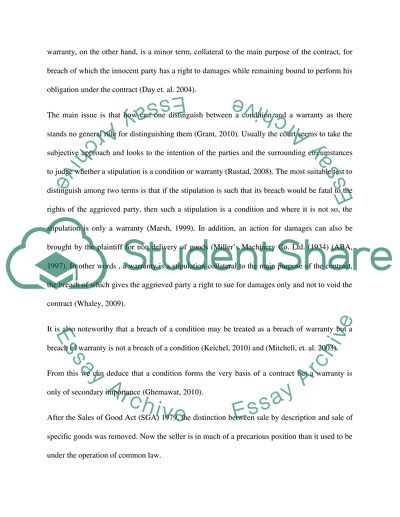Cite this document
(“Consumer law, warranties and conditions Essay Example | Topics and Well Written Essays - 2250 words”, n.d.)
Retrieved de https://studentshare.org/law/1390573-consumer-law-problem-question-advise-the-parties
Retrieved de https://studentshare.org/law/1390573-consumer-law-problem-question-advise-the-parties
(Consumer Law, Warranties and Conditions Essay Example | Topics and Well Written Essays - 2250 Words)
https://studentshare.org/law/1390573-consumer-law-problem-question-advise-the-parties.
https://studentshare.org/law/1390573-consumer-law-problem-question-advise-the-parties.
“Consumer Law, Warranties and Conditions Essay Example | Topics and Well Written Essays - 2250 Words”, n.d. https://studentshare.org/law/1390573-consumer-law-problem-question-advise-the-parties.


